Home>Furniture & Design>Interior Design Trends>How To Fix A Sliding Glass Door
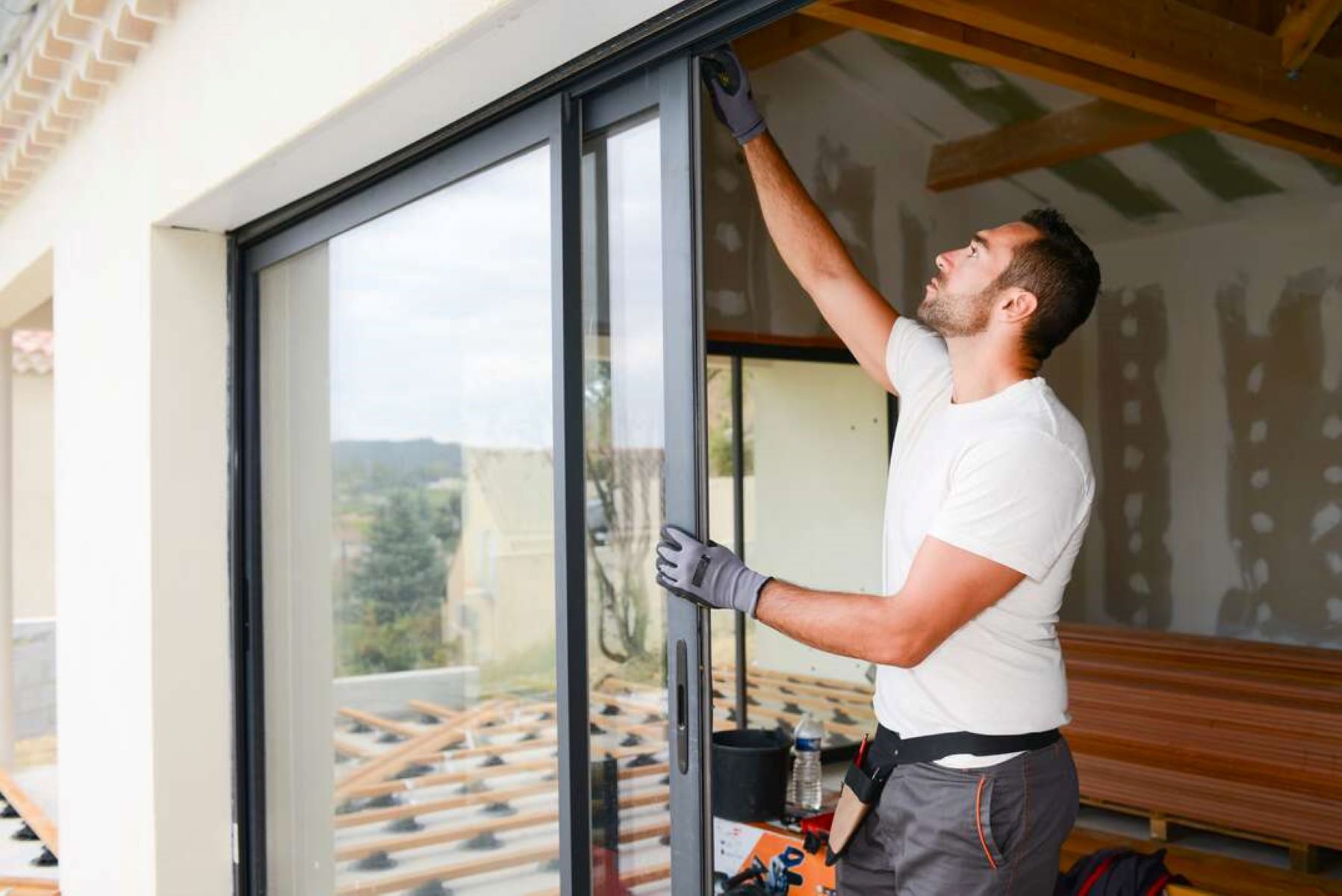

Interior Design Trends
How To Fix A Sliding Glass Door
Modified: February 18, 2024
Learn how to fix a sliding glass door and stay updated with the latest interior design trends. Find expert tips and solutions for your home.
(Many of the links in this article redirect to a specific reviewed product. Your purchase of these products through affiliate links helps to generate commission for Storables.com, at no extra cost. Learn more)
Introduction
A sliding glass door is a stylish and functional feature in many homes, providing a seamless connection between indoor and outdoor spaces. However, over time, these doors may encounter issues such as sticking, difficulty in sliding, or misalignment. Fortunately, with the right guidance and a few simple tools, you can easily address these problems and restore the smooth functionality of your sliding glass door.
In this comprehensive guide, we will walk you through the step-by-step process of fixing a sliding glass door. From cleaning the tracks to adjusting or replacing the rollers, we will cover everything you need to know to tackle this task with confidence. By following these instructions, you can save time and money by avoiding the need for professional repairs or replacements.
Whether you are a seasoned DIY enthusiast or a homeowner looking to take on a new project, this guide will equip you with the knowledge and techniques to address common sliding glass door issues. With a little effort and attention to detail, you can ensure that your sliding glass door operates smoothly and enhances the aesthetic appeal of your living space.
Now, let's gather the necessary tools and materials and dive into the steps to fix your sliding glass door, restoring its functionality and preserving the convenience it brings to your daily life.
Key Takeaways:
- Keep your sliding glass door in top shape by cleaning the tracks, adjusting or replacing the rollers, and lubricating the tracks. Regular maintenance ensures smooth functionality and extends the door’s lifespan.
- Conduct a thorough assessment of your sliding glass door to identify and address any additional issues, such as damage, misalignment, or malfunctioning components. Prompt repairs contribute to long-term reliability and performance.
Read more: How To Fix Sliding Glass Door Lock
Tools and Materials Needed
Before embarking on the task of fixing a sliding glass door, it's essential to gather the necessary tools and materials to ensure a smooth and efficient repair process. Here's a comprehensive list of items you'll need to have on hand:
Tools:
- Screwdriver Set: A set of screwdrivers, including both flathead and Phillips head varieties, will be essential for removing screws and accessing various components of the door.
- Adjustable Wrench: This versatile tool will come in handy for adjusting and securing nuts and bolts during the repair process.
- Vacuum Cleaner: A vacuum with a narrow attachment will be useful for thoroughly cleaning debris and dirt from the door tracks.
- Pliers: Having a pair of pliers available can assist in handling small components and making precise adjustments.
- Utility Knife: A utility knife will be useful for cutting and trimming materials such as weatherstripping or replacement parts.
- Rubber Mallet: In some cases, gentle tapping with a rubber mallet may be necessary to adjust the position of the door or its components without causing damage.
- Safety Glasses and Gloves: It's important to prioritize safety during the repair process, so be sure to wear protective glasses and gloves to shield your eyes and hands from debris and sharp edges.
Materials:
- Replacement Rollers: If the existing rollers are damaged or worn out, having a set of replacement rollers on hand will allow you to install them promptly and restore smooth functionality to the door.
- Lubricant: A silicone-based lubricant or a specialized door track lubricant will be essential for ensuring that the door slides effortlessly along the tracks after the repair.
- Cleaning Solution: A mild cleaning solution or a mixture of water and vinegar will be useful for thoroughly cleaning the door tracks and removing accumulated dirt and debris.
- Weatherstripping: If the door's weatherstripping is damaged or ineffective, having a replacement weatherstripping kit available will enable you to improve the door's insulation and seal any gaps effectively.
- Replacement Hardware: It's advisable to have a selection of replacement screws, nuts, and bolts on hand in case any of the existing hardware needs to be replaced during the repair process.
By ensuring that you have these tools and materials readily available, you'll be well-prepared to address a range of issues that may be affecting your sliding glass door. With these essentials at your disposal, you can proceed confidently through each step of the repair process, knowing that you have everything you need to restore your door's functionality and appearance.
Step 1: Clean the Tracks
The first step in fixing a sliding glass door is to thoroughly clean the tracks. Over time, dirt, dust, and debris can accumulate in the tracks, hindering the smooth movement of the door. To begin the cleaning process, start by removing any large debris or obstructions from the tracks using a vacuum cleaner with a narrow attachment. This will help clear the way for a more detailed cleaning.
Next, prepare a mild cleaning solution by mixing water with a small amount of vinegar. Dip a clean cloth or sponge into the solution and use it to wipe down the entire length of the tracks. Pay close attention to the corners and crevices where dirt tends to accumulate. For stubborn grime or residue, a soft-bristled brush can be used to gently scrub the tracks, ensuring that all debris is loosened and removed.
After cleaning, use a dry cloth to wipe the tracks thoroughly, removing any remaining moisture or cleaning solution. It's essential to ensure that the tracks are completely dry before proceeding to the next steps, as moisture can affect the performance of the door and lead to further issues in the future.
Once the tracks are clean and dry, take a moment to inspect them for any signs of damage or wear. Look for dents, bends, or corrosion that may be impacting the door's movement. If any significant damage is detected, it may be necessary to address these issues before proceeding with the repair.
By starting the repair process with a thorough cleaning of the tracks, you are laying the foundation for improved functionality and longevity of your sliding glass door. Clearing away dirt and debris not only facilitates smoother operation but also allows for a more accurate assessment of any underlying issues that may require attention. With the tracks clean and in good condition, you can proceed confidently to the next steps, knowing that you have set the stage for a successful repair.
Step 2: Adjust the Rollers
Once the tracks are clean and free from debris, the next crucial step in fixing a sliding glass door is to adjust the rollers. The rollers are responsible for supporting the weight of the door and facilitating its smooth movement along the tracks. Over time, these rollers may become misaligned or worn, leading to issues such as sticking, uneven sliding, or difficulty in opening and closing the door. By adjusting the rollers, you can restore proper alignment and ensure that the door moves effortlessly along its track.
To begin the adjustment process, locate the adjustment screws or slots on the door panel near the bottom. These screws or slots are typically found on the sides of the door, and they allow for vertical adjustment of the rollers. Using a screwdriver or the appropriate tool, carefully turn the adjustment screws in small increments, alternating between the screws on each side. This gradual adjustment will raise or lower the rollers, allowing you to fine-tune the door's alignment.
As you make adjustments, periodically test the door to assess its movement and alignment. Ideally, the door should glide smoothly along the tracks without sticking or dragging. If you encounter resistance or uneven movement, continue making small adjustments until the door operates seamlessly.
In some cases, the rollers may also require horizontal adjustment to ensure proper alignment. This can be achieved by adjusting the position of the mounting brackets that hold the rollers in place. Loosen the screws securing the brackets, make the necessary horizontal adjustments, and then tighten the screws to secure the brackets in their new position.
Throughout the adjustment process, it's essential to maintain a balanced approach, ensuring that both sides of the door are adjusted evenly to prevent tilting or misalignment. Additionally, take care not to over-tighten the adjustment screws, as this can lead to excessive pressure on the rollers and hinder their movement.
By carefully adjusting the rollers, you can address common issues related to misalignment and wear, restoring the smooth functionality of your sliding glass door. This proactive approach to maintenance and repair can extend the lifespan of your door and enhance the overall convenience and aesthetic appeal of your living space. With the rollers properly adjusted, you are well on your way to achieving a fully operational and visually pleasing sliding glass door.
Step 3: Replace the Rollers
If adjusting the rollers does not resolve the issues with your sliding glass door, it may be necessary to replace the rollers altogether. Over time, the rollers can wear out, leading to diminished functionality and causing the door to drag or stick along the tracks. By replacing the rollers, you can ensure that the door operates smoothly and efficiently, restoring its original ease of movement.
To begin the replacement process, you will need to access the rollers, which are typically located at the bottom of the door panel. Start by carefully lifting the door and placing it on a stable surface, taking care to support its weight to prevent damage or injury. Once the door is secure, examine the bottom edge to locate the rollers and their mounting brackets.
Next, remove the screws or fasteners securing the mounting brackets in place, allowing you to detach the old rollers from the door. Depending on the specific design of your door, the rollers may be housed within a removable carriage assembly, which can be taken out as a single unit for easier replacement. If the rollers are not part of a carriage assembly, they can be individually removed and replaced as needed.
When selecting replacement rollers, it's important to choose options that are compatible with your door's design and dimensions. Look for rollers that match the size, shape, and weight capacity required for your specific door model, ensuring a proper fit and optimal performance. Additionally, consider opting for durable, high-quality rollers that are designed to withstand regular use and provide long-term reliability.
Once you have obtained the replacement rollers, carefully install them into the mounting brackets or carriage assembly, securing them in place with the appropriate fasteners. Take care to align the rollers correctly and ensure that they move freely along the tracks without any obstructions or misalignment. Once the new rollers are in position, carefully lower the door back onto the tracks, verifying that it glides smoothly and effortlessly.
By replacing the worn or damaged rollers, you can effectively address issues related to dragging, sticking, or uneven movement of your sliding glass door. This proactive maintenance approach not only restores the door's functionality but also contributes to its long-term durability and performance. With the new rollers in place, you can enjoy the convenience and aesthetic appeal of a fully operational sliding glass door, enhancing the overall comfort and functionality of your living space.
Tip: To fix a sliding glass door, first clean the tracks and lubricate them with silicone spray. Check for any damaged rollers and replace them if necessary. Adjust the height and alignment of the door to ensure smooth operation.
Step 4: Lubricate the Tracks
After addressing issues related to the cleanliness of the tracks and the condition of the rollers, the next crucial step in fixing a sliding glass door is to lubricate the tracks. Proper lubrication is essential for ensuring smooth and effortless movement of the door along its tracks, reducing friction and minimizing wear on the components. By applying the right lubricant, you can enhance the door's functionality and prolong its lifespan, contributing to a more enjoyable and convenient living environment.
To begin the lubrication process, it's important to select the appropriate lubricant for your sliding glass door tracks. Silicone-based lubricants are often recommended for this purpose, as they offer excellent lubricating properties and are resistant to dirt and debris buildup. Additionally, specialized door track lubricants are available, specifically formulated to provide long-lasting lubrication and protection for sliding door systems.
Before applying the lubricant, thoroughly clean the tracks to remove any remaining debris, dirt, or old lubricant residue. Use a clean cloth or sponge to wipe down the tracks, ensuring that they are dry and free from any obstructions. This preparatory step is essential for allowing the lubricant to adhere effectively to the track surfaces and provide optimal lubricating properties.
Once the tracks are clean and dry, apply a small amount of the selected lubricant along the entire length of the tracks. Use a cloth or applicator to spread the lubricant evenly, ensuring that it coats the track surfaces without excess buildup. Pay particular attention to areas where the door's rollers make contact with the tracks, as these points experience the most friction and benefit significantly from proper lubrication.
After applying the lubricant, manually slide the door back and forth along the tracks several times to distribute the lubricant evenly and allow it to penetrate the moving parts. This action helps to ensure that the lubricant reaches all critical areas within the tracks, providing smooth and consistent movement for the door.
Regular lubrication of the tracks is an essential aspect of ongoing maintenance for sliding glass doors, contributing to their optimal performance and longevity. By incorporating this step into your repair process, you can effectively reduce wear and tear on the door components, minimize the risk of sticking or dragging, and preserve the smooth functionality of your sliding glass door for years to come.
With the tracks properly lubricated, you have taken a proactive step toward maintaining the optimal performance of your sliding glass door, ensuring that it continues to enhance the comfort and convenience of your living space.
Step 5: Check for Other Issues
After addressing the primary aspects of cleaning, adjusting, replacing, and lubricating, it's essential to conduct a comprehensive assessment of your sliding glass door to identify any additional issues that may impact its functionality and performance. By thoroughly checking for other potential issues, you can ensure that your repair efforts result in a fully restored and reliable sliding glass door.
Begin by examining the door frame and surrounding areas for signs of damage, wear, or misalignment. Look for any visible cracks, warping, or gaps that may affect the door's ability to seal properly and maintain insulation. Additionally, check the alignment of the door within the frame, ensuring that it sits squarely and securely without any noticeable tilting or misplacement.
Next, inspect the door's handles, locks, and latching mechanisms to verify that they are functioning correctly. Test the operation of the handles and locks, ensuring that they engage smoothly and securely without any sticking or resistance. If any issues are detected, such as loose handles or malfunctioning locks, consider addressing these components to ensure the door's overall security and ease of use.
Additionally, assess the condition of the door's glass panels, looking for any cracks, chips, or damage that may compromise their integrity or pose safety concerns. If necessary, consider arranging for professional glass repair or replacement to address any significant issues with the glass panels, ensuring that the door maintains its aesthetic appeal and structural integrity.
Furthermore, check the overall alignment and stability of the door within its tracks, verifying that it moves smoothly and evenly without any wobbling or instability. Pay attention to any unusual sounds or vibrations during operation, as these may indicate underlying issues that require attention.
Finally, test the door's performance in various weather conditions, paying attention to its ability to maintain insulation and resist drafts. Verify that the door seals effectively when closed, preventing air and moisture infiltration, and assess its overall energy efficiency.
By conducting a thorough assessment of your sliding glass door and checking for any additional issues, you can ensure that your repair efforts result in a fully functional and reliable door. Addressing any remaining issues promptly will contribute to the long-term performance and durability of your sliding glass door, allowing you to enjoy its benefits for years to come.
Read more: How To Childproof A Sliding Glass Door
Conclusion
In conclusion, fixing a sliding glass door is a manageable task that can be accomplished with the right tools, materials, and a systematic approach. By following the step-by-step process outlined in this guide, you can address common issues such as sticking, misalignment, and difficulty in sliding, restoring the smooth functionality and aesthetic appeal of your sliding glass door.
The initial step of cleaning the tracks sets the stage for a successful repair, ensuring that dirt and debris are removed to facilitate smooth movement. This is followed by the crucial steps of adjusting and, if necessary, replacing the rollers, addressing issues related to misalignment and wear. Proper lubrication of the tracks further enhances the door's functionality, reducing friction and promoting effortless movement.
Additionally, conducting a comprehensive assessment to check for other potential issues allows for a thorough evaluation of the door's overall condition, ensuring that any remaining issues are promptly addressed. By taking a proactive and systematic approach to repairing your sliding glass door, you can extend its lifespan, enhance its performance, and maintain the comfort and convenience it brings to your living space.
It's important to note that while the steps outlined in this guide provide a comprehensive framework for addressing common sliding glass door issues, some repairs may require professional assistance. If you encounter significant damage or complex issues beyond the scope of DIY repair, seeking the expertise of a qualified professional is advisable to ensure the door is restored to optimal condition.
Ultimately, by investing time and effort in maintaining and repairing your sliding glass door, you can enjoy the benefits of a seamlessly functioning and visually appealing feature in your home. Whether you are a seasoned DIY enthusiast or a homeowner looking to take on a new project, the satisfaction of restoring your sliding glass door to its optimal condition is a rewarding accomplishment that contributes to the overall comfort and functionality of your living space.
Frequently Asked Questions about How To Fix A Sliding Glass Door
Was this page helpful?
At Storables.com, we guarantee accurate and reliable information. Our content, validated by Expert Board Contributors, is crafted following stringent Editorial Policies. We're committed to providing you with well-researched, expert-backed insights for all your informational needs.
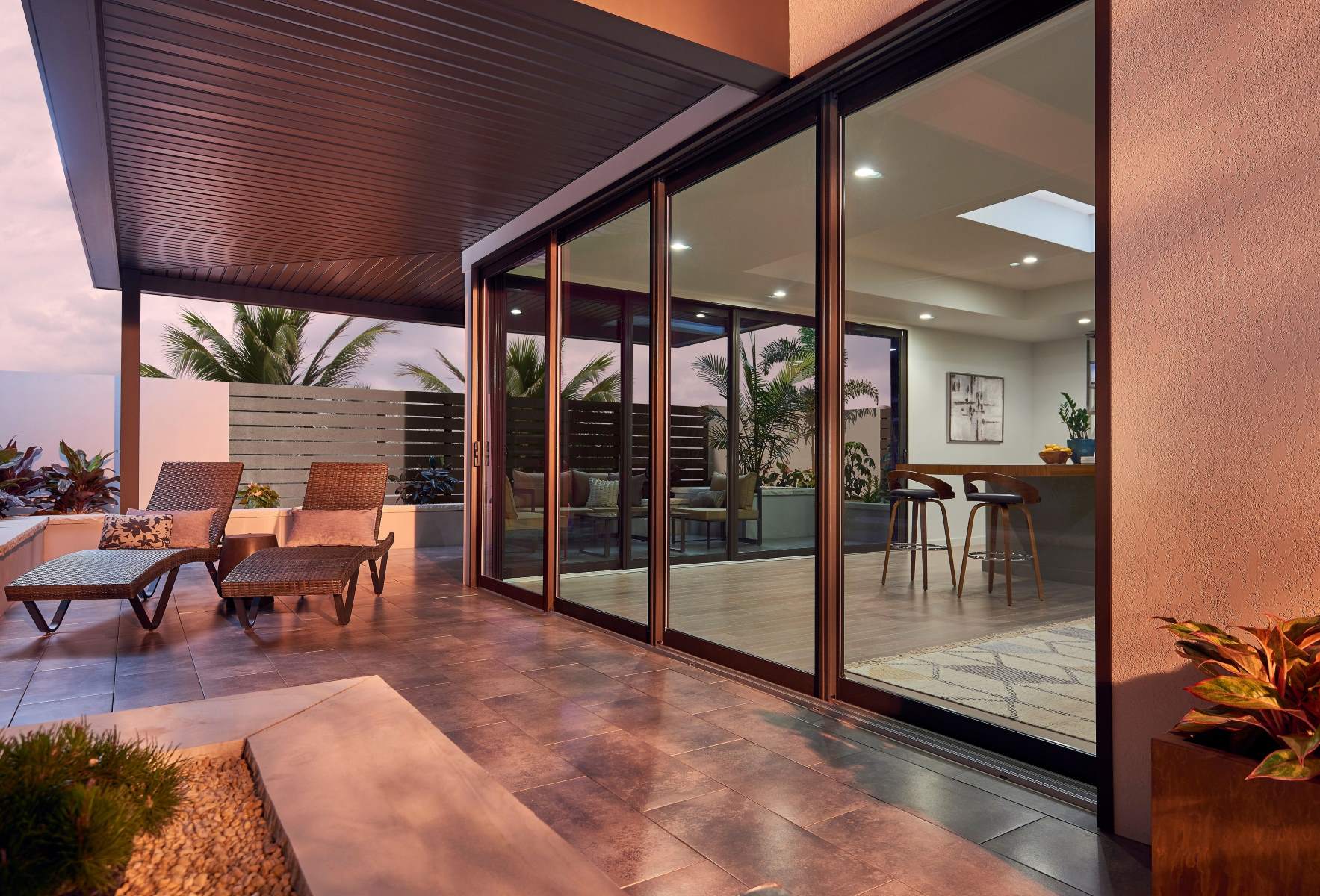
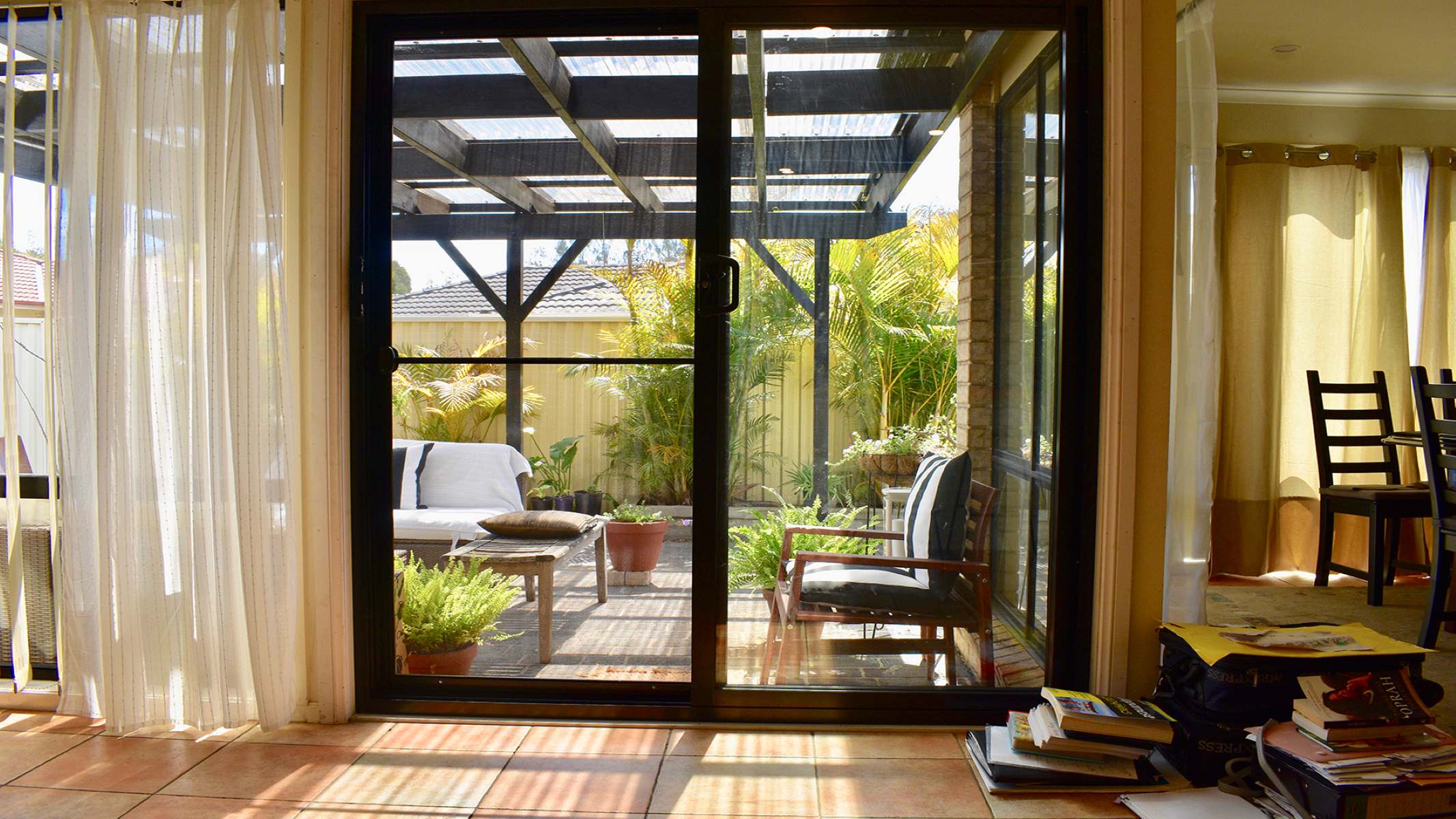
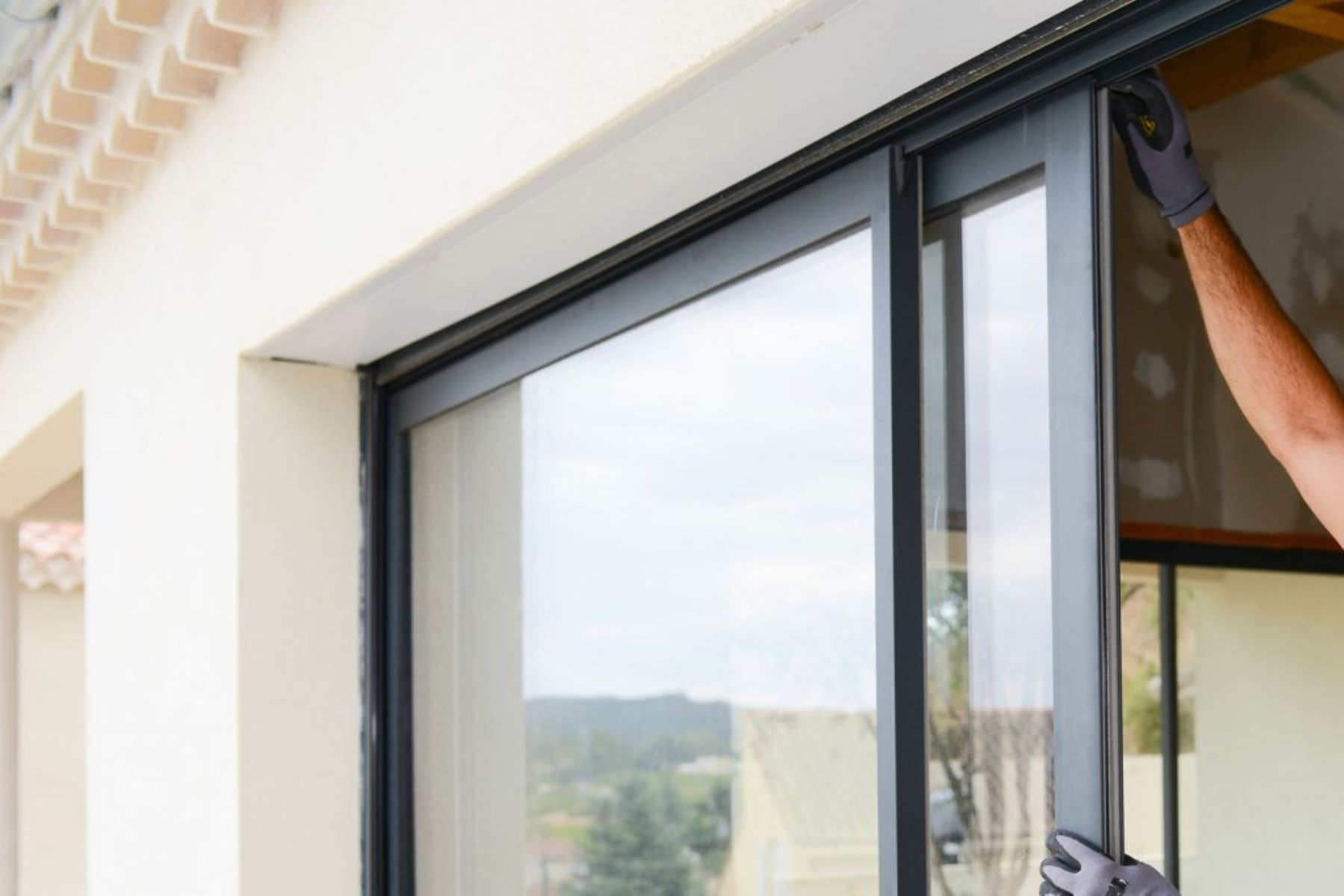
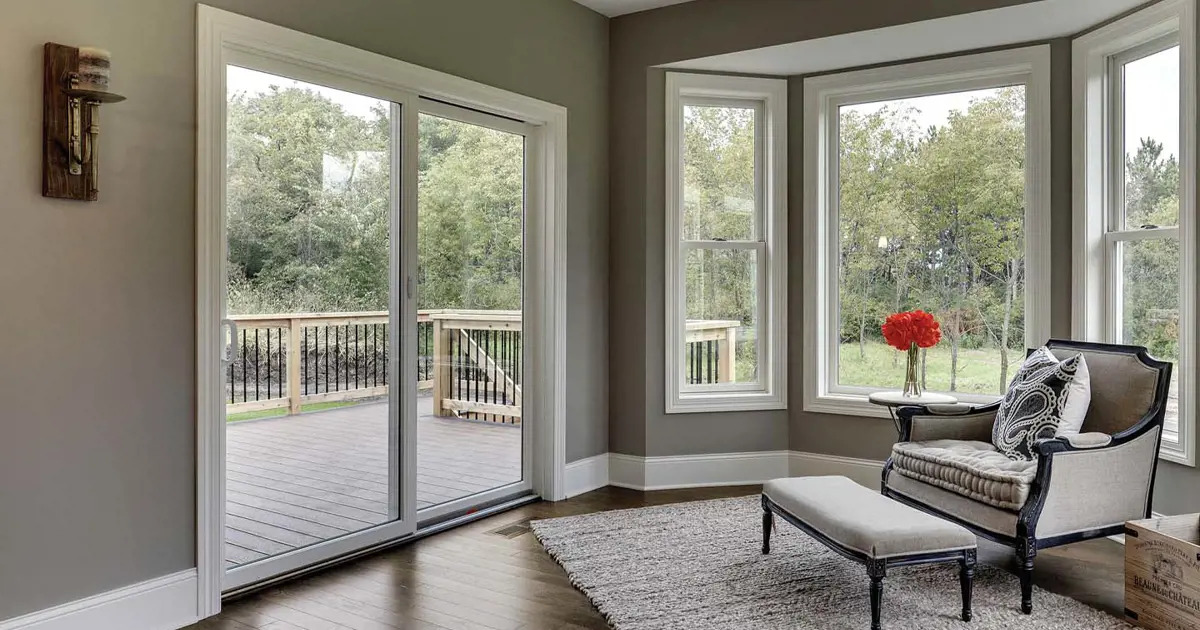

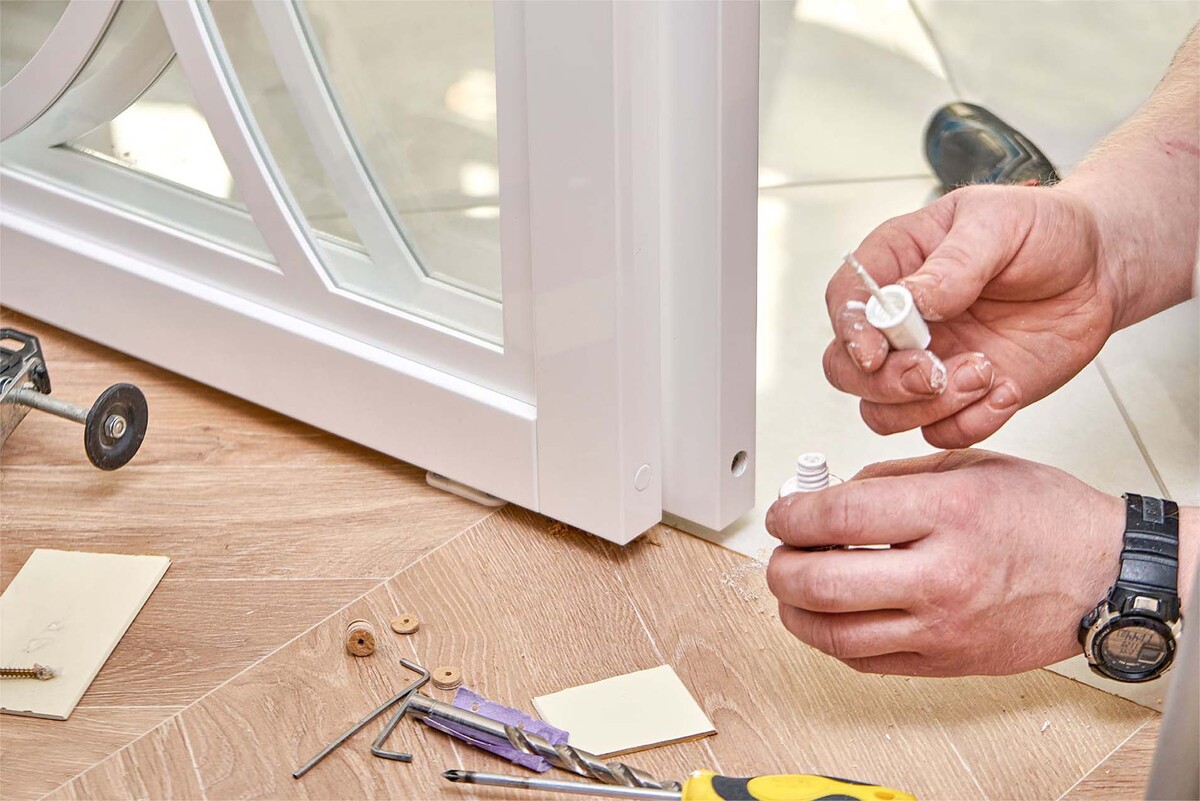
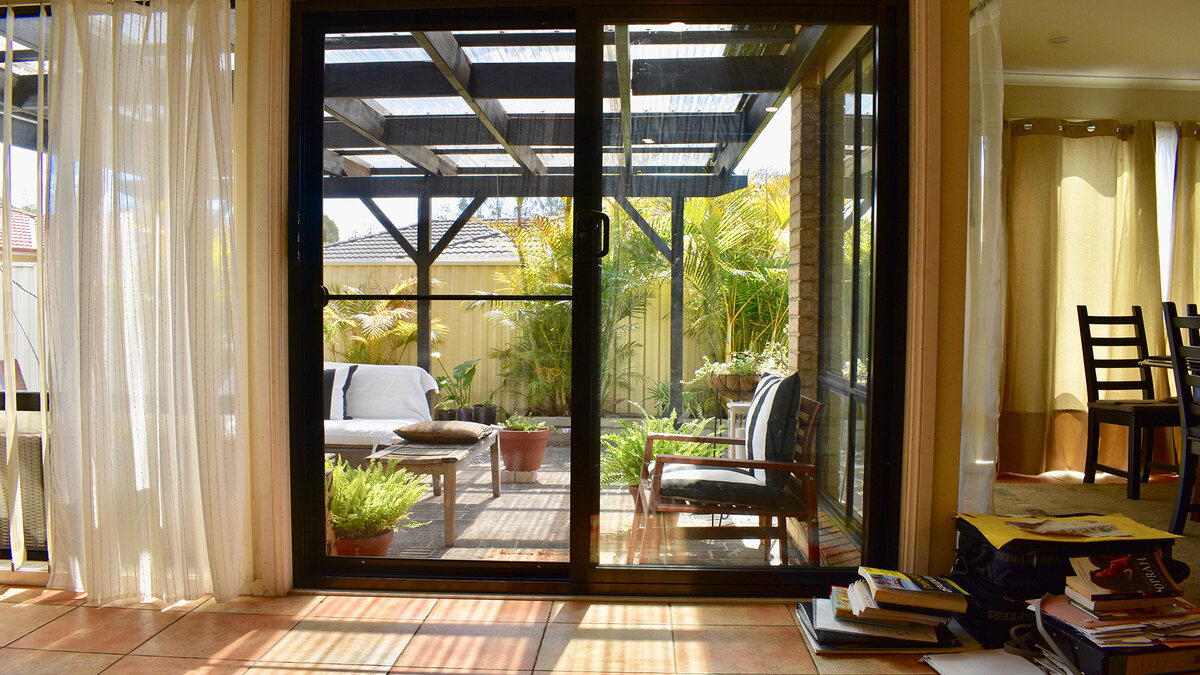
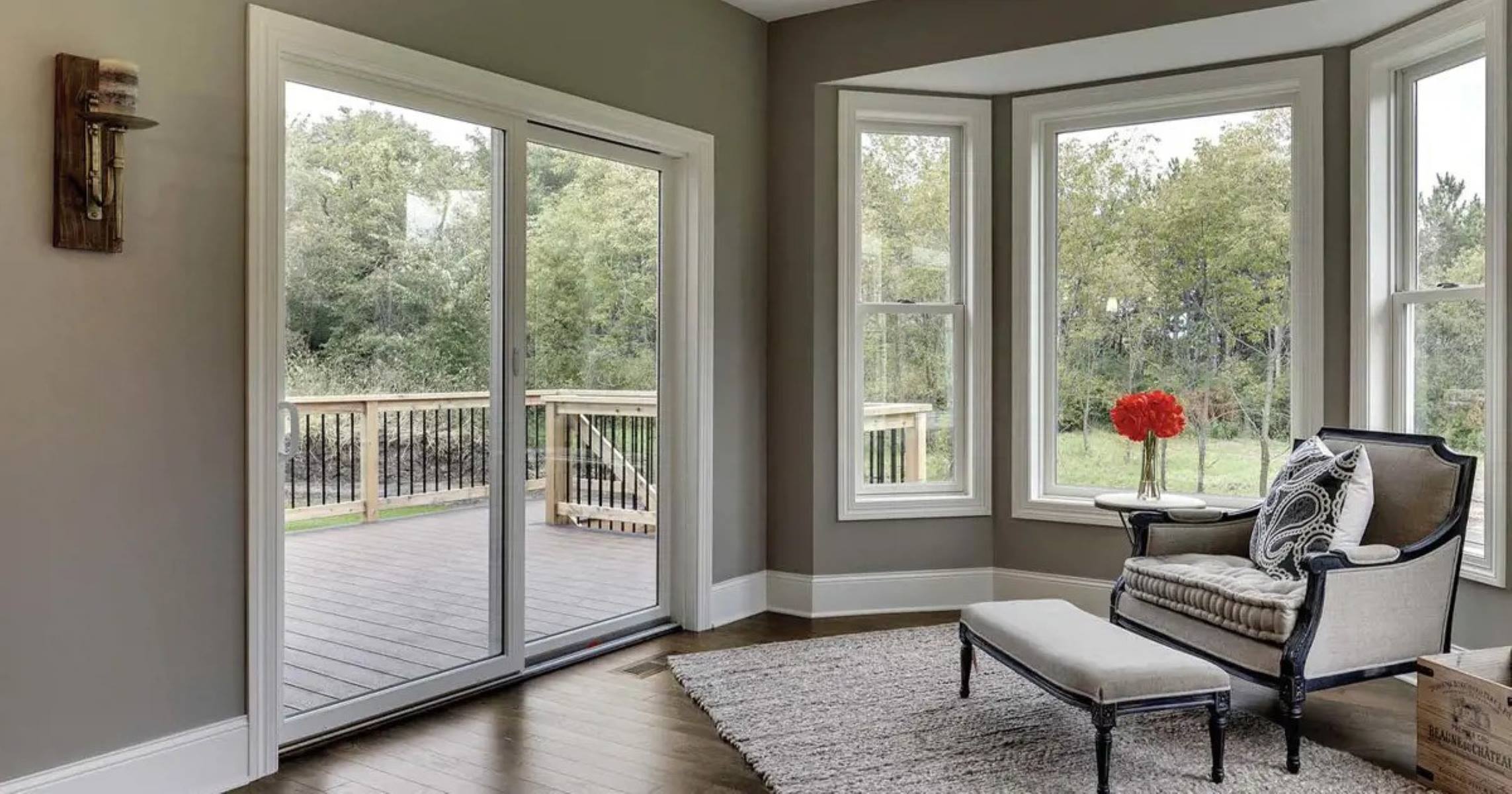
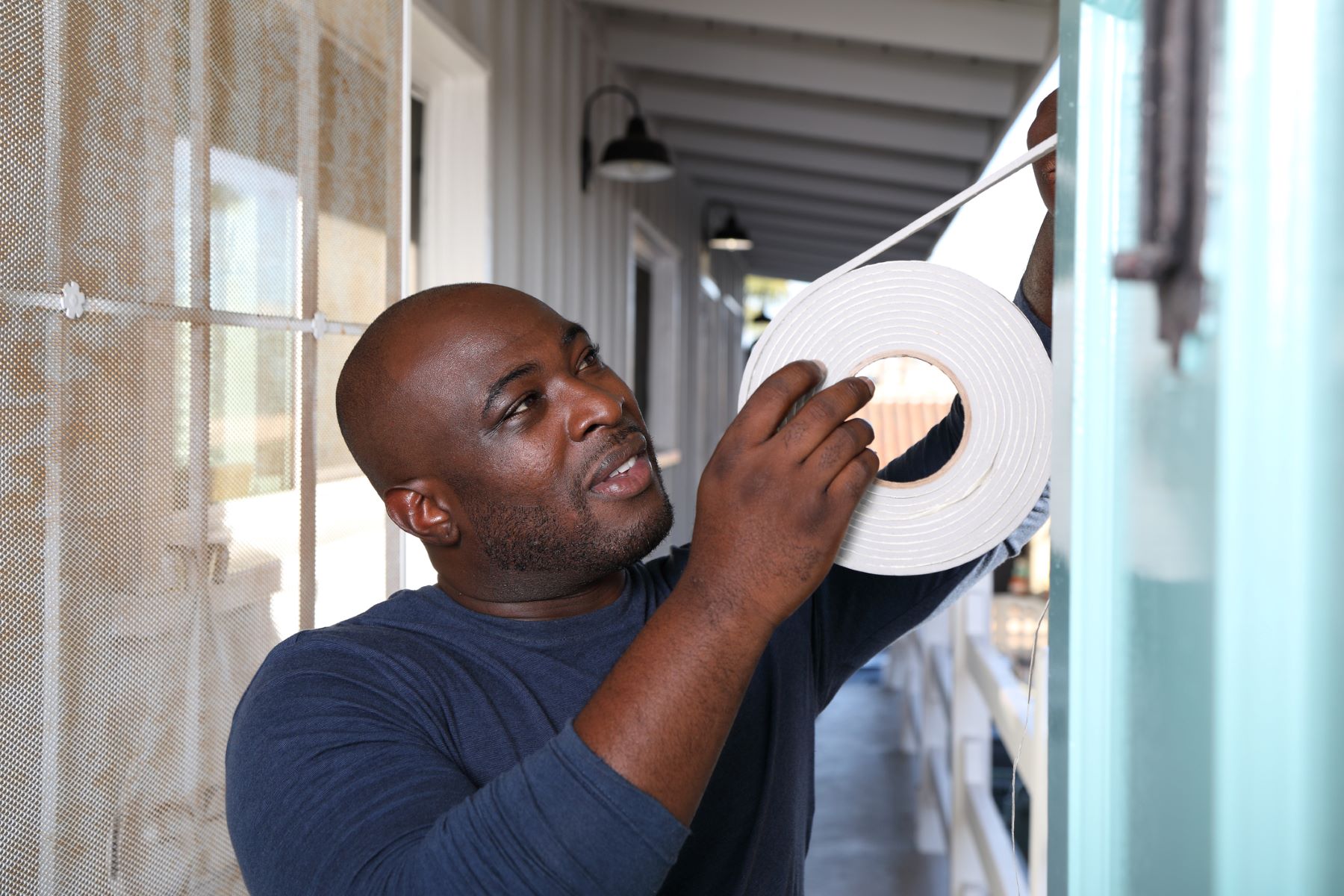
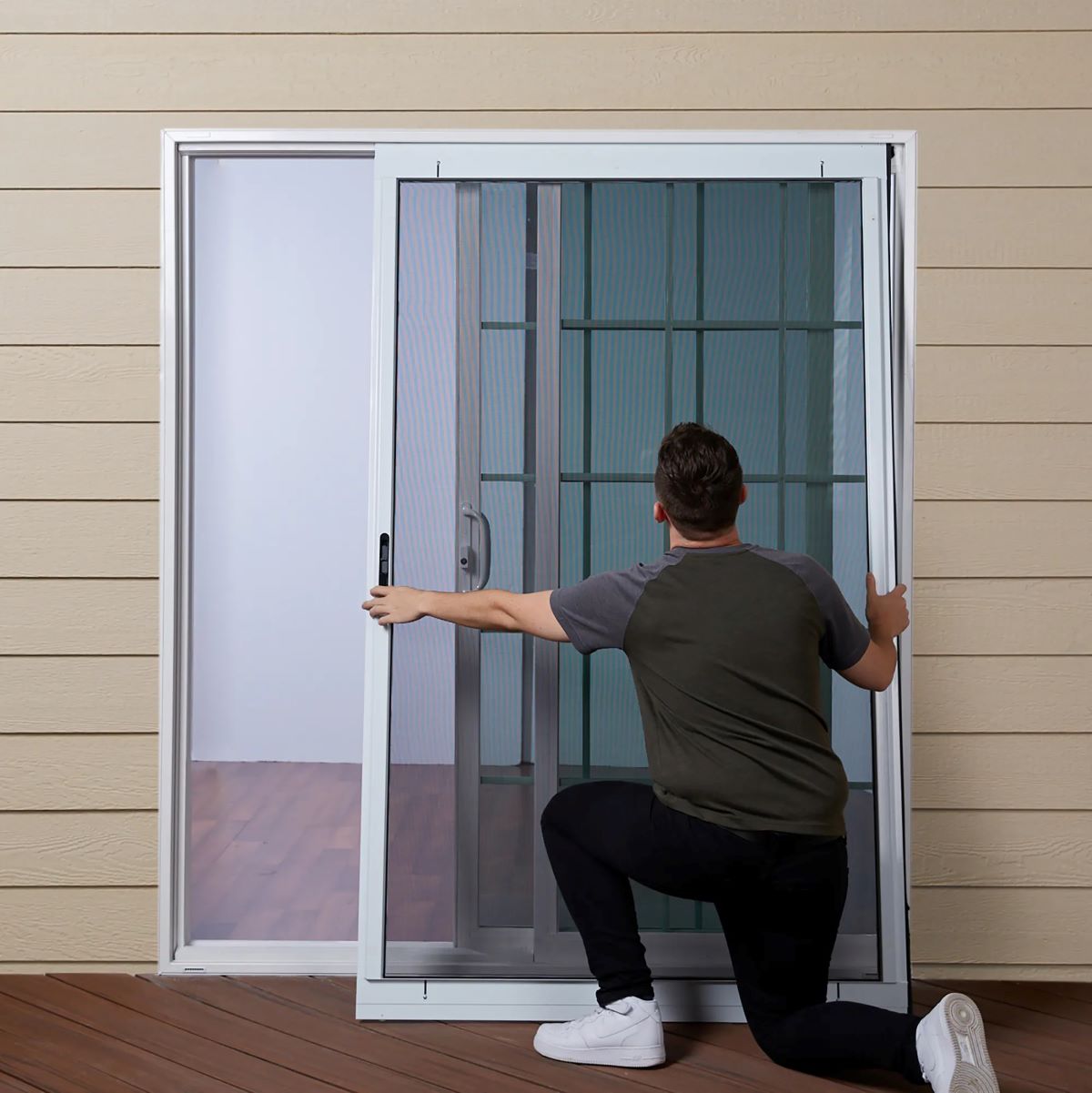
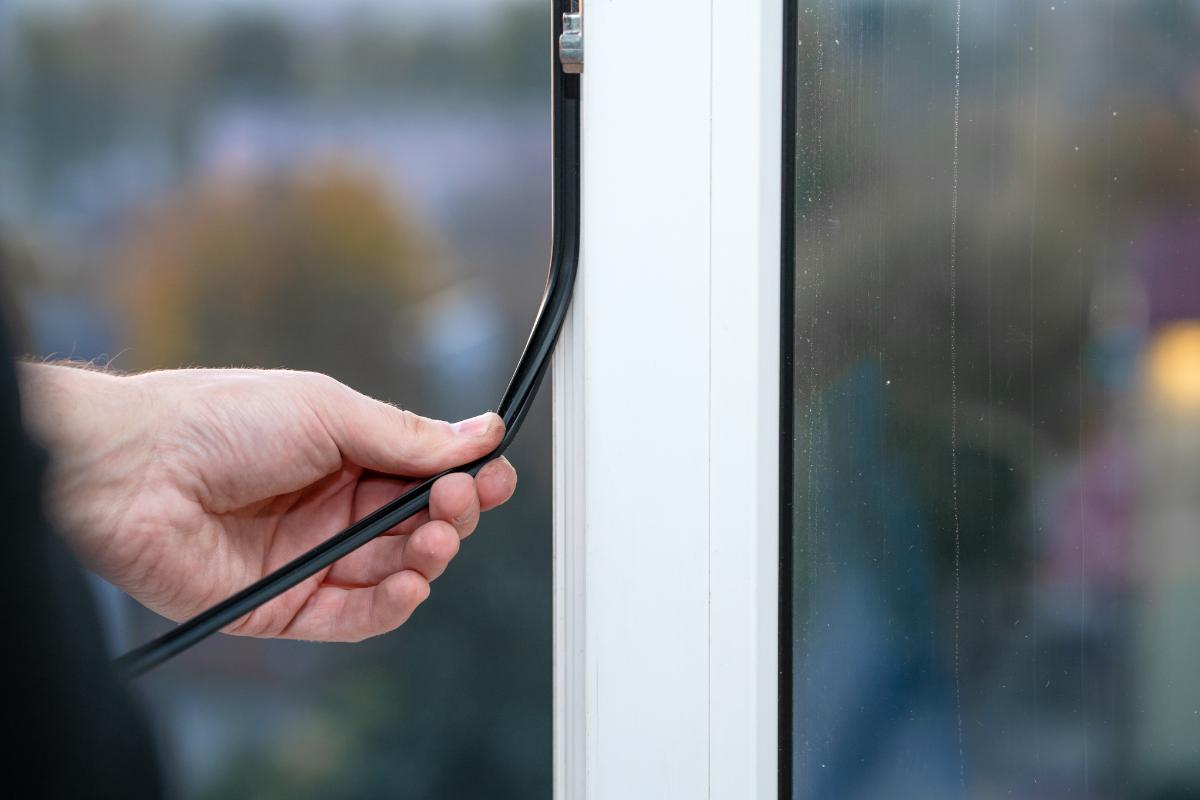
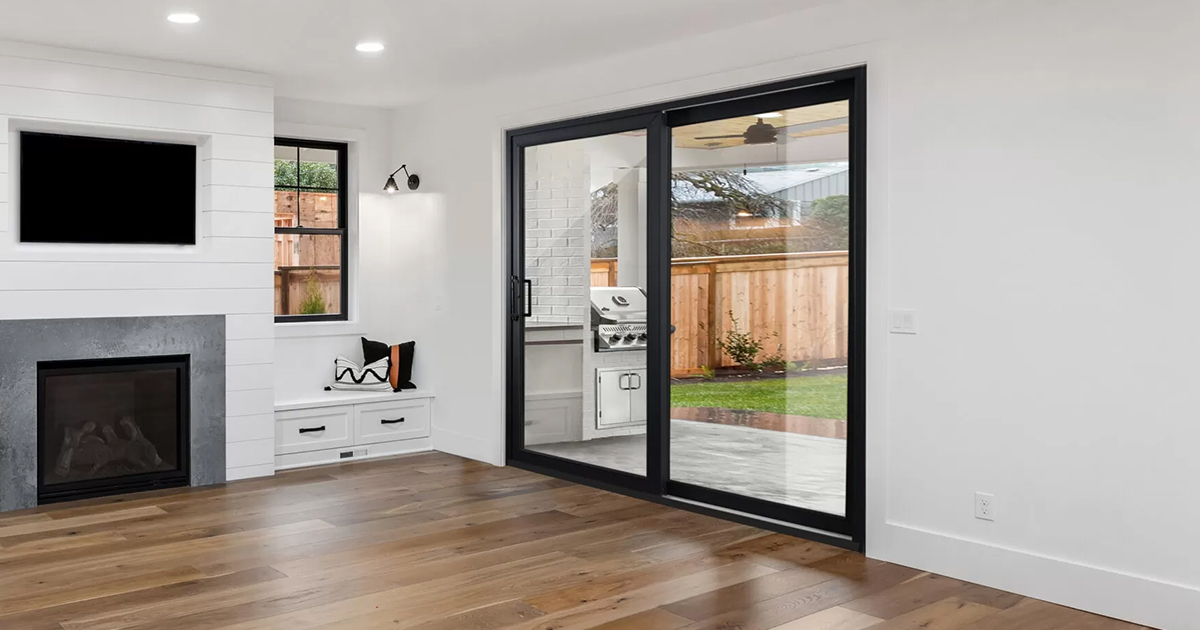
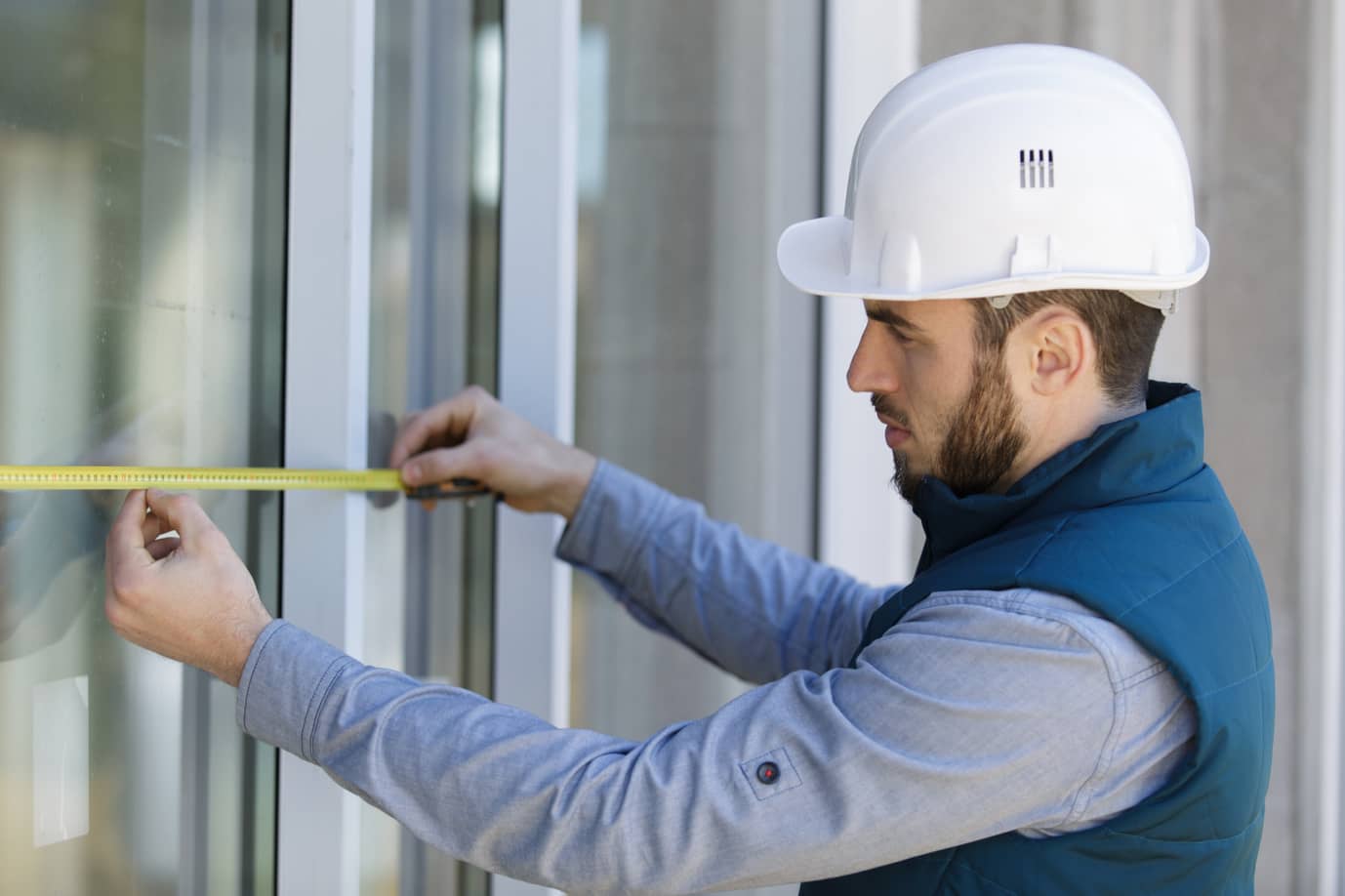

0 thoughts on “How To Fix A Sliding Glass Door”